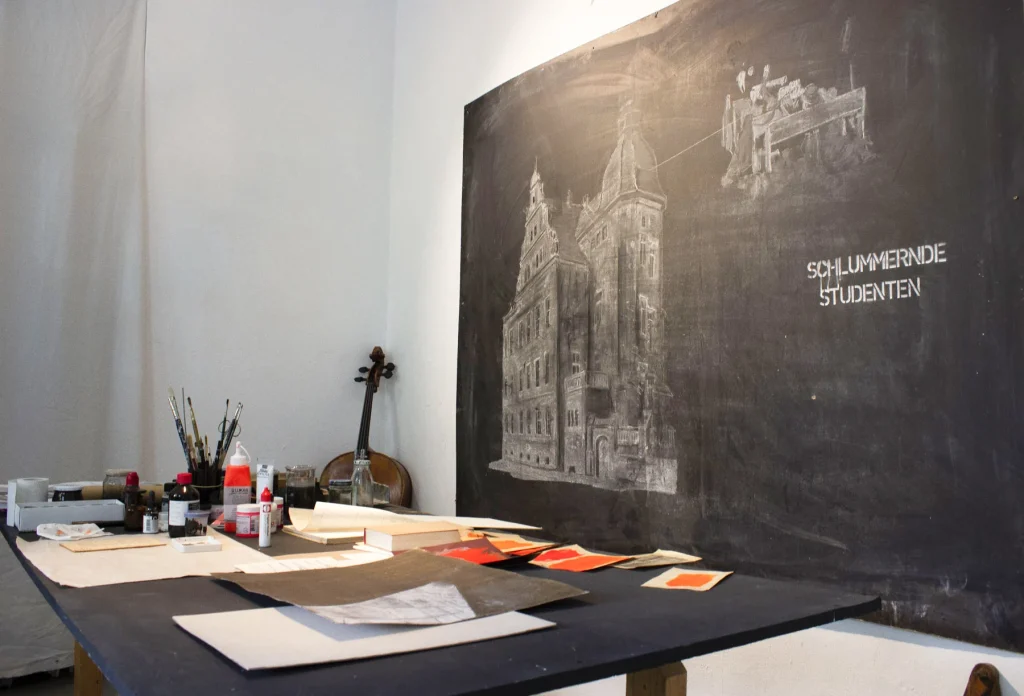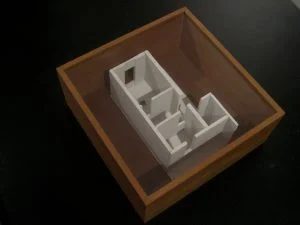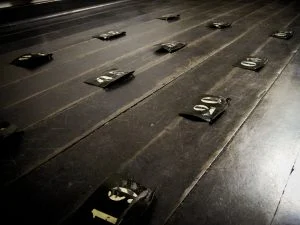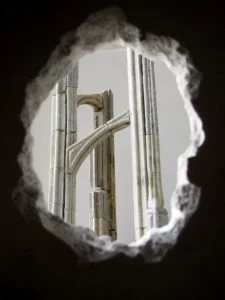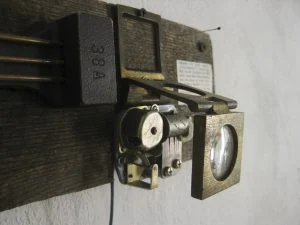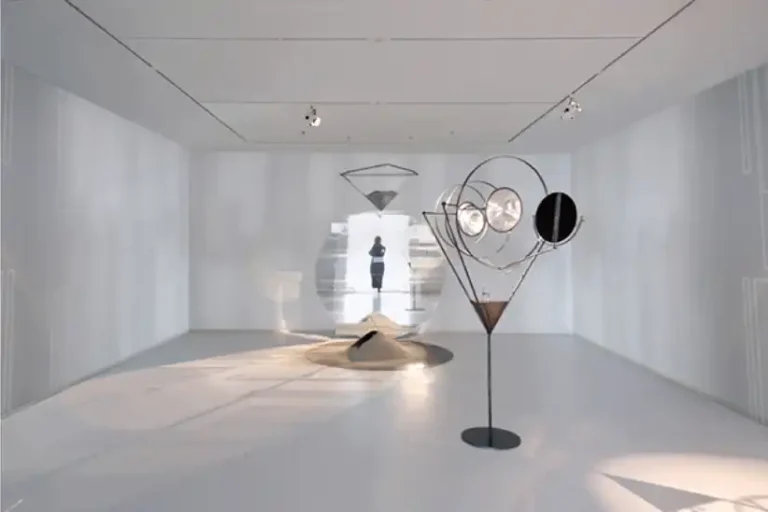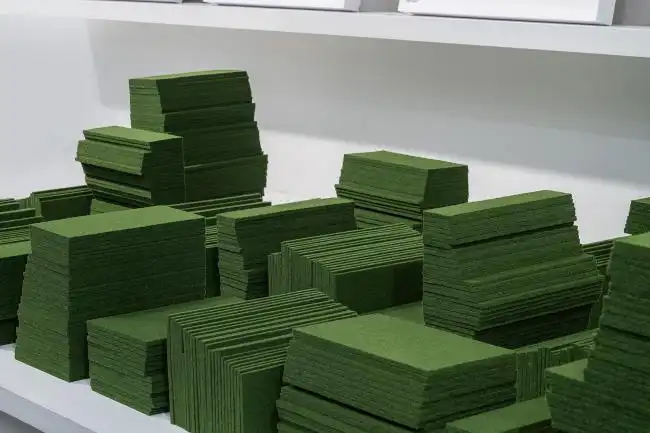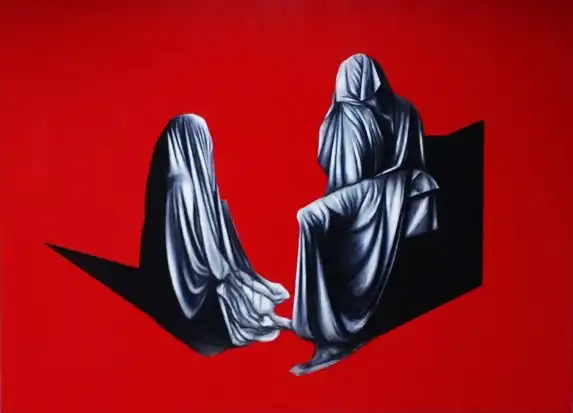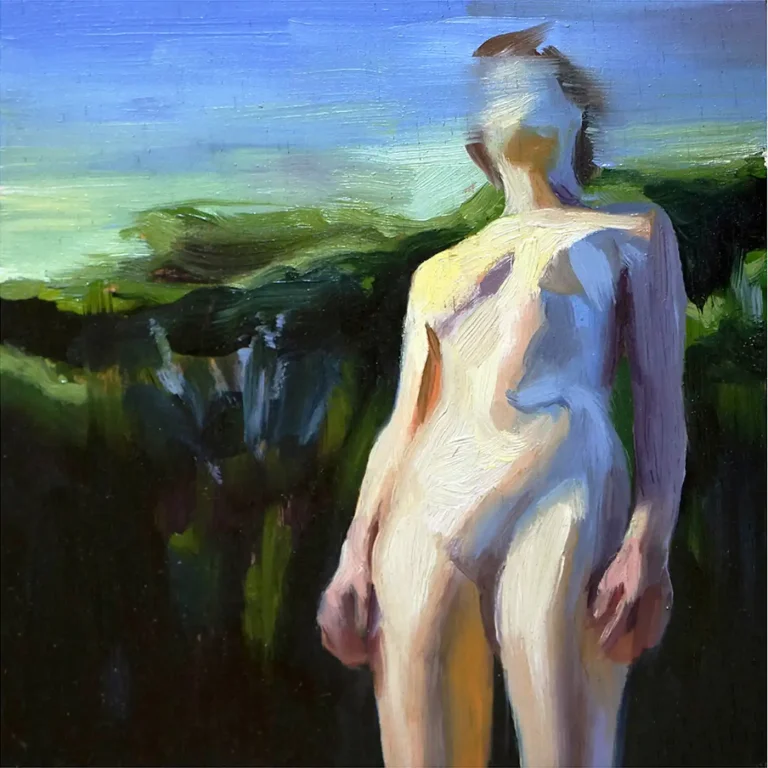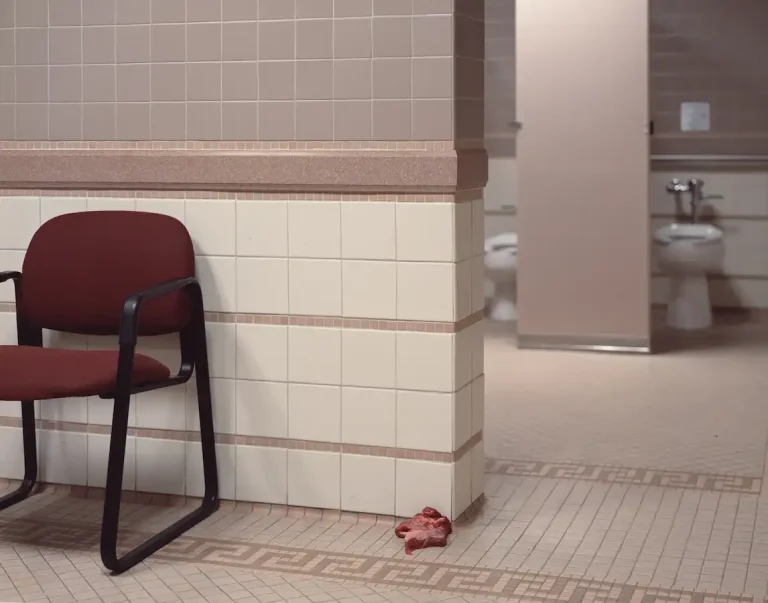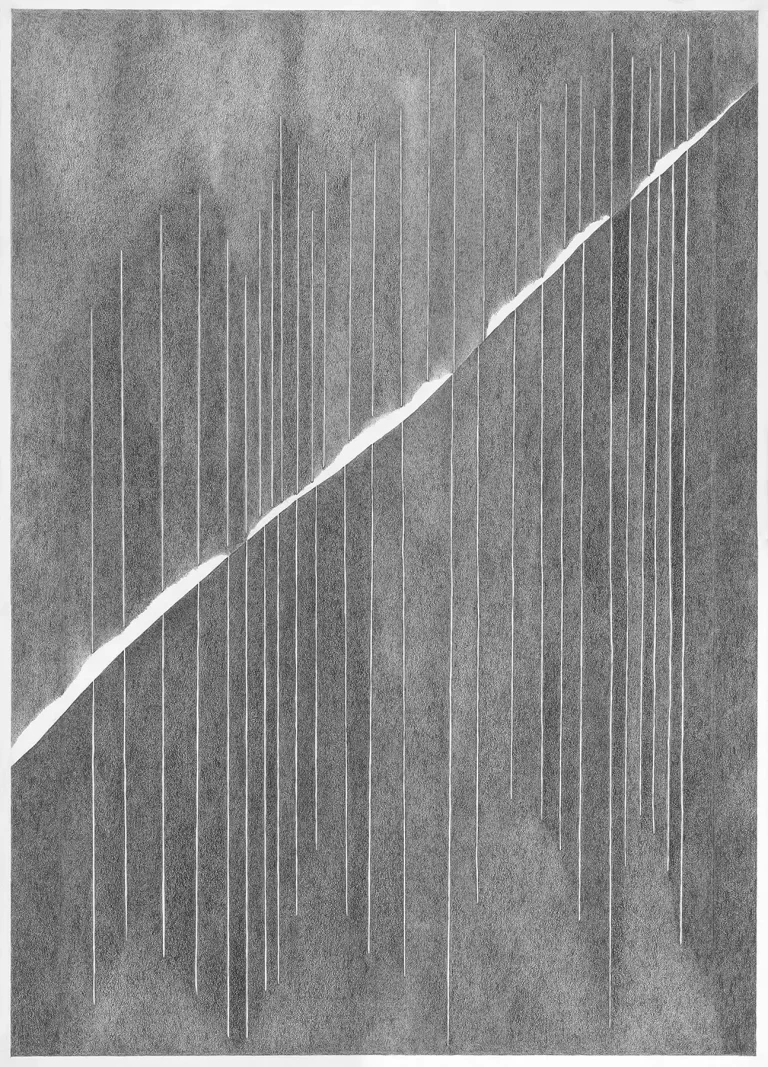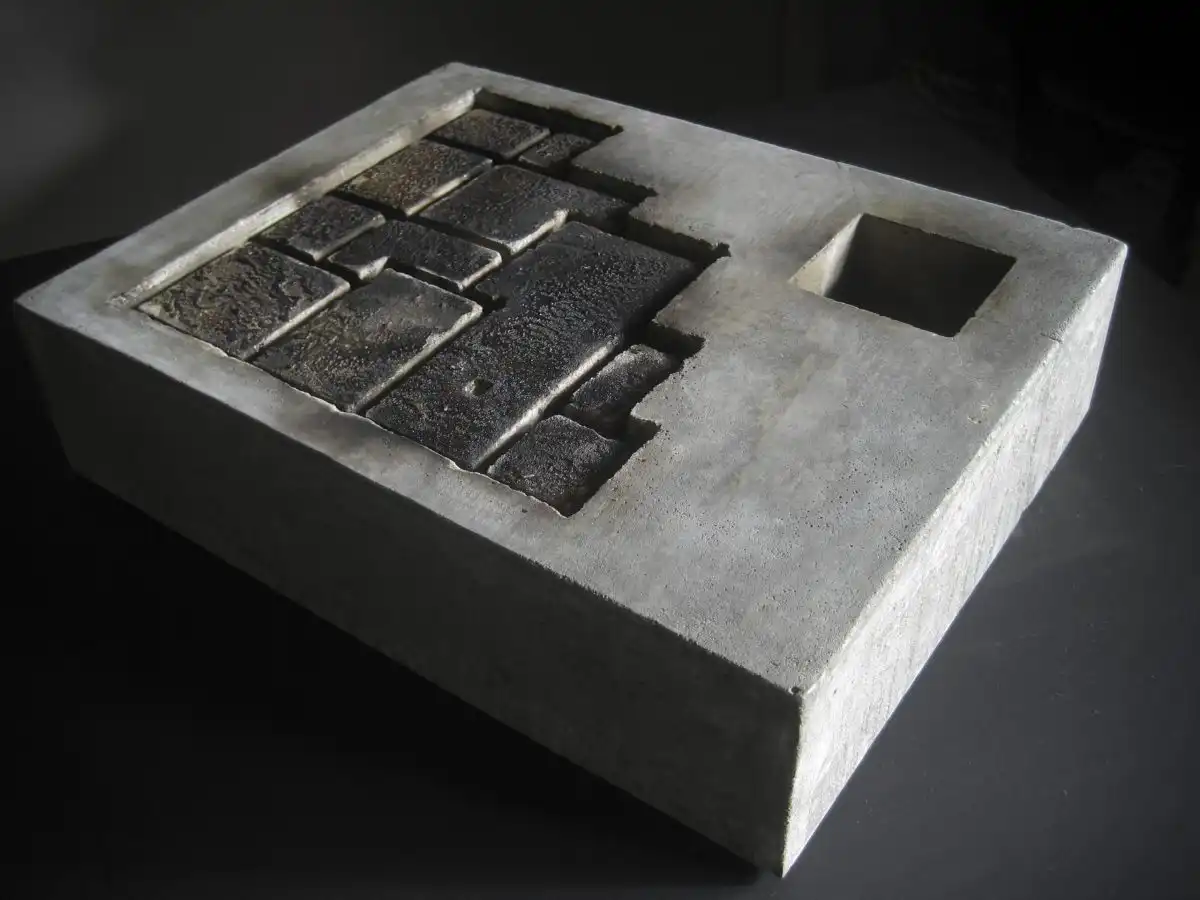
Marcos Kaiser Mori is GlogauAIR resident
from January 2020 to March 2020
Marcos Kaiser’s artistic journey was shaped by a diverse range of experiences, from musical instrument making to mechanics and metalwork. His process involves mapping and studying subjects, creating sculptures and installations that engage with their environment in contrasting ways. Kaiser continuously reworks his pieces, exploring the boundaries of his artistic expression.
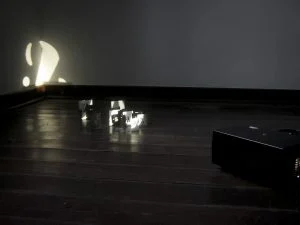
Meet the Artist
Can you give us an introduction about yourself and tell us about your background? How did you come to art? Do you have any memorable anecdotes that had an impact on your career?
My name is Marcos, I’m a sculptor, but I started in a completely different way. I was studying mechanics in high school and then I got a job in a hardware factory. There they also made the flutes. So I got really hooked into making instruments and working with wood. Later I joined the music school in the course of composition and at that time I was playing cello and lute. But then at the music school nothing really worked, it was not like a real university, it was like a conservatory. Just next to me there was the art school, which was much more fun, much more interesting. Everything happened and I could see from the window. In the music school, we had our cubicles to practice music for six hours a day and it was very small and next door people were doing really interesting things.
So, I did the exams for the university again and joined the sculpture course and at the art school I could develop both things, instrument making and studying music and also sculpture. It really worked as a university, everything crossed, all the knowledge. It was illuminating.
How did you move from sculpture to drawing and what are you doing now here in the residency?
It happened in GlogauAIR. The place was so inspiring that I couldn’t create something that I brought from outside. I have had many ideas in Brazil for my work, but they didn’t fit in here.
The building had some power and for my projects here I got inspired by the building and the ideas came completely different.
I’m not a person who draws normally, my hand is not so good, it’s really precise and fast and I am not even sure of what I am doing. But I draw images that come from the building and also books that inspire me. For example, I drew this blackboard when I was reading about Tadeusz Kantor’s theater and they had a play with all the themes that interest me in sculpture which are time, a kind of decaying time, and even the things that are not there anymore. Time acts and things disappear, but I like this process which is very difficult to capture in any language because it’s dynamic and we work with static things. It’s a problem of language that even a lot of poets had. For example, Mallarmé was completely puzzled by this impossibility of language to deal with what he wanted, so he changed the language.
Anyway, reading this I felt like producing drawings the first time I was here in 2020 and, for what concerns this second time, this blackboard I did in 2020 was in the basement. Seeing this work again was powerful to me because I usually erase everything, but this time I couldn’t. It was kept for four years in the basement and I was thinking about erasing it, but then I didn’t, I still haven’t and it stayed forever.
So, I started working with different things also related to buildings, but this time I dealt with a book about a school, a very curious one by Robert Walser. It’s funny because also the chalk image from 2020 is quite good for this theme: it’s a bit hazy, it’s like the scene is set in a dream, the student’s don’t really know what is happening, the time is dilated and you cannot find any purpose in your life. I started to think more about the school and empty buildings in general. I started to think that you can get lost in the building because it forgets about some parts, if you don’t use them. I was trying to navigate the map of the school and study the architect who made a lot of things in Germany, in Berlin. He was studying the floor plans of his buildings and associating them with other images that came up in his mind.
My work is research-based, so I took some time to study and write, but then I got tired of writing and I felt like just producing and exploring things and enjoying Berlin.
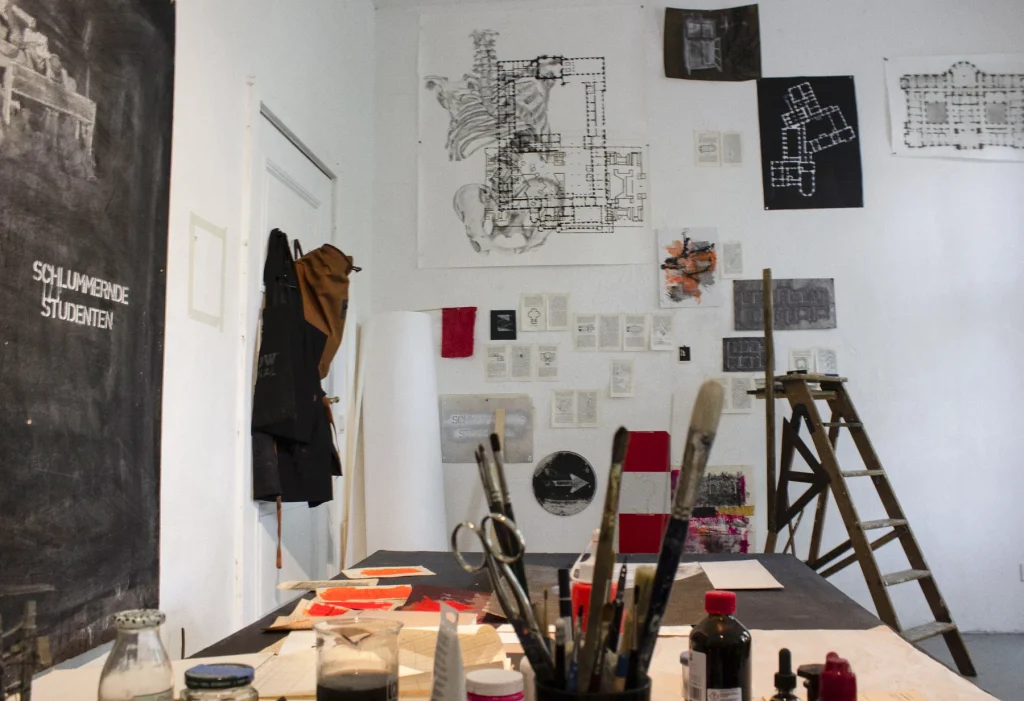
What about the topic of memory in your works?
Memory is quite valuable, but the funny thing is that we lose it every time. When you lose your memories, you can’t recover them. I also play with this thing that is something that hurts. It is difficult to let go, but if you think about it when people die, their memories are gone, and then what can you do? So, memory is valuable, but we lose it so easily. And I am interested in that.
What is your relationship with the art world and the art market? What do you think about it?
It’s very bad. We don’t like each other. It’s super complicated, and it takes a really talented person to navigate that and I feel like I’m completely out of the market targets right now.
For example, I’ve been to the Venice Biennale. I was irritated by the amount of times that people wrote “decolonize”. I hate this word already, even though I’m from a place which fights for decolonizing everything. I understand the fight and the logic of it, but I don’t agree with the way people – especially curators – use this word, the way they feel obliged to do this. Sometimes people don’t even care about this, but the market asks for it, and so every curator now needs to decolonize things. It’s boring.
Unless you’re a painter and you have objects that sell easily, other things really involve too much networking. I’m bad at networking.
What are your goals for your art? What do you think when you are making your artworks?
I think about all that matters to me in a different way, and then I get new ideas from that. Afterwards, I need to act on these ideas because I’m hooked on the pleasure of thinking about these questions that pop into my mind. Moreover, I like objects and techniques and craftsmanship.
I would also like to show my works to more people and share my thoughts, but then again it involves all that networking.
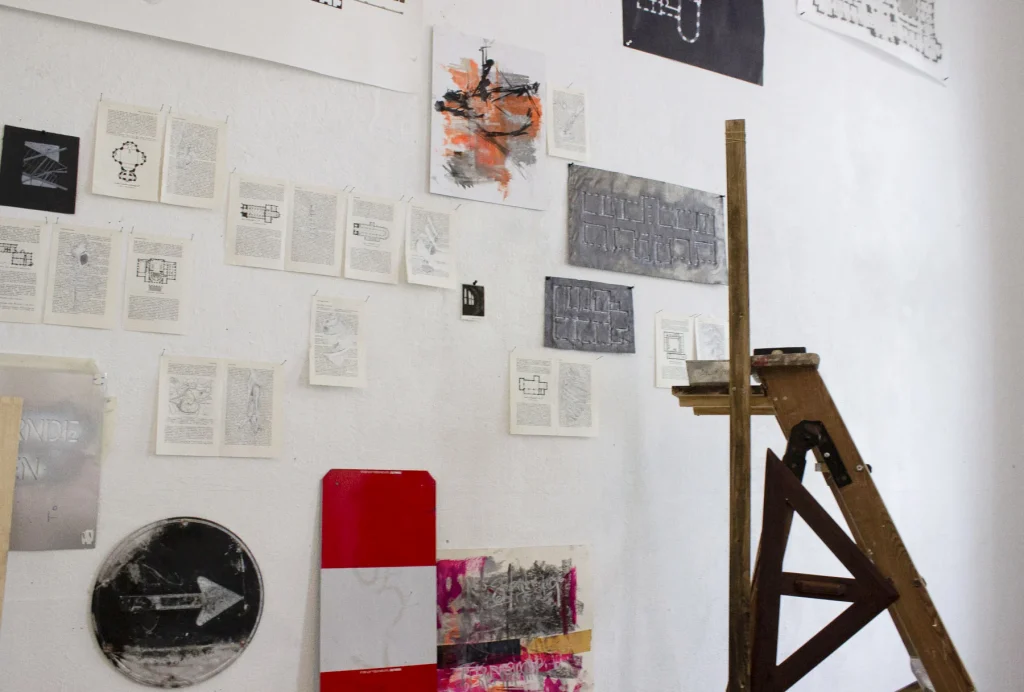
As you already told us, you did a residency here at GlogauAIR back in 2020 during the pandemic. Do you find some differences now? Why did you join again? What do you think about Berlin?
It’s really bad to say this, but for me the pandemic was such a great time. Nature was kind of healing, but it was empty and it was forbidden to meet more than three people at the same time. This building seemed like a haunted building.
I came here again because I thought that the inspiration would come again, and it did. I also needed three months to write and study. I think being in the residency is very productive and interesting.
Berlin is kind of sad. I came here in 2007, 2011, 2016, 2020 and now, in 2024 and it has become so boring and so destroyed.
What plans do you have after the residency?
I need to go home and make a lot of instruments because I have many orders piled up.
Then I think I will use these ideas I got here to produce more things. It already happened to me with the ideas I brought from 2020 as they generated so many things later. I hope the same thing will happen again.
Statement
As an artist, a keen interest in history, architecture, music and theory led him to discover sculpture and installation as an ideal means of expression. A wide array of experiences helped this choice during Marcos Kaiser’s formative years, ranging from apprenticeships in musical instrument making to education and practice in mechanics, restoration, carpentry and metalwork. While still studying arts, the artist worked as an assistant for different artists, slowly but steadily working towards finding his own artistic voice.
The emergence of a mature body of work occurred towards 2014, when the outlines of his main interests were finally envisaged. Since then, an output ranging from sculpture to installation and sound art, privileging themes related to memory, corruption, decay, and time-driven transformation in objects favoured the use of materials burdened or imbued with a symbolical or historical meaning. Materials and sound tend to be used in both abstract and concrete ways: scaled representations of architecture use materials that mimic others while preserving their character at the same time. Sound can be collected or created. A conflicting or contrasting relation with the environment is integral to the work, and therefore desirable.
In general, his artistic process involves mapping and studying the subject, while making and collecting objects, continuously reworked or re-created subsequently in plaster, wood, cement or metal, in a similar way as his writings and engravings, where lines are overlaid and rewritten, until a final statement emerges. During this fine-tuning, several unfinished works are abandoned or destroyed, but Marcos feels confident that the process is of interest to other artists and observers, whom he is always pleased to engage with.
GlogauAIR Project
The residency project for GlogauAir takes as a starting point the writings of three German-language authors, whose work dates from the beginning of the 20th century. The project envisaged for the residency relates to the literary description and practical intertwining between the site and the surreal depictions of school classes, educational institutes and blackboards, present in works such as Institute Benjamenta by Robert Walser, Street of Crocodiles by Bruno Schulz, and dreams registered by Franz Kafka in his diaries.
My use of materials is mainly symbolic. As stated in my areas of interest, the transformations inflicted on objects by time, corruption or conceptual shifting are central. The choice of materials also favours those that bring along a historical or symbolic component. Therefore, starting from some passages from Institute Benjamenta, The Street of Crocodiles and the Diaries of Franz Kafka, I would like to establish the title and guiding lines of the project, to be presented in the form of sculptures and an installation, featuring the space of the residency, a former school, and the classrooms, now used as studios.
My previous residency at GlogauAir started with an open project and ended with 3 series of works, whose theme was memory but with each one taking a different approach. In Cliché-Verre, small pieces of microscope glass were coated with smoke and then etched with a needle. The small details of the daily experience, the encounters and mishaps were etched and filed as a diary. In Impressions, architectural details of the place were used as moulds for pressed sheets of lead. The forms were carried away as indexes of the place, much the same as impressions could be understood. In Cabinet of Curiosities, several objects collected during the residency served as a collection, displaying living and dead things, curious objects, either made by men or nature, historical or new. These collections in previous times were regarded as the collector’s vision of things, or the way the world could be understood. Other objects, such as Perpetual Inventory used clockwork from recycled machines to run a perpetual datasheet from weather conditions from a specific day in 1962, found by chance. The musical performance presented at the open studios was devised to use images from both artist’s collections, again, impressions from the residency period, presented with distortion and interpreted live.
Just as the residency site is linked to the open scars of bombed Berlin, the classrooms are related to a past I would like to tap into, with the help of the authors cited in these project outlines. The writings, full of spectres, surreal environments, darkness and dream-like states of mind deserve a long period of study and experimentation, something only truly possible in a residency.
The materials I intend to use are drawing, engraving (on Cliché-Verre technique) Installation with projected images, found objects and sculpture. The final format of the work is yet to be devised, but one of the anticipated images that come to my mind is a presentation of a series of drawings in chalk, on a huge blackboard at the classroom, with erased and new drawings sometimes coexisting, being continuously redrawn, registered, effaced, leaving ghosts of images, as if emulating a black and white film picturing all the interns and teachers of the past, mixed in time.
For the duration of the residency, I would like also to propose some public film projections on site, with a curatorial selection related to this project.
CV Summary
EDUCATION
- Master of Arts- Music Technology
- Bachelor of Fine Arts (Sculpture)
- São Paulo University
- Technician in Mechanics-Federal Technical College
- General Restoration-Hungarian National Museum
- Musical Instrument Making-apprenticeships in Spain, Hungary and Brazil
EXHIBITIONS
- 2019 Desenho Sujo, São Paulo, Brazil
- 2018 Microscripts, São Paulo, Brazil
- 2016 GlogauAir collective exhibition, Berlin, Germany.
- 2015 Collective Quero te Encontrar , LA MAUDITE, Paris, France
- 2014 Individual Perda Preciosa, CAPSULA, São Paulo, Brazil.
- 2012 Imagens Claras x Idéias Vagas, with the group Anarcademia, created by artist Dora Longo Bahia. GALERIA VERMELHO, São Paulo, Brazil.
- 2010 Collective exhibition Is That All There Is? UNIT2 GALLERY. London, UK.
- 2008 Collective exhibition Em Vivo Contato (as a component of Anarcademia). 28th SÃO PAULO ART BIENNIAL, São Paulo, Brazil.
- Collective 27 Formas. PAÇO DAS ARTES, São Paulo, Brazil.
- 2006 Collective Projeto Nascente. CENTRO MARIA ANTONIA, São Paulo, Brazil.
Gallery
